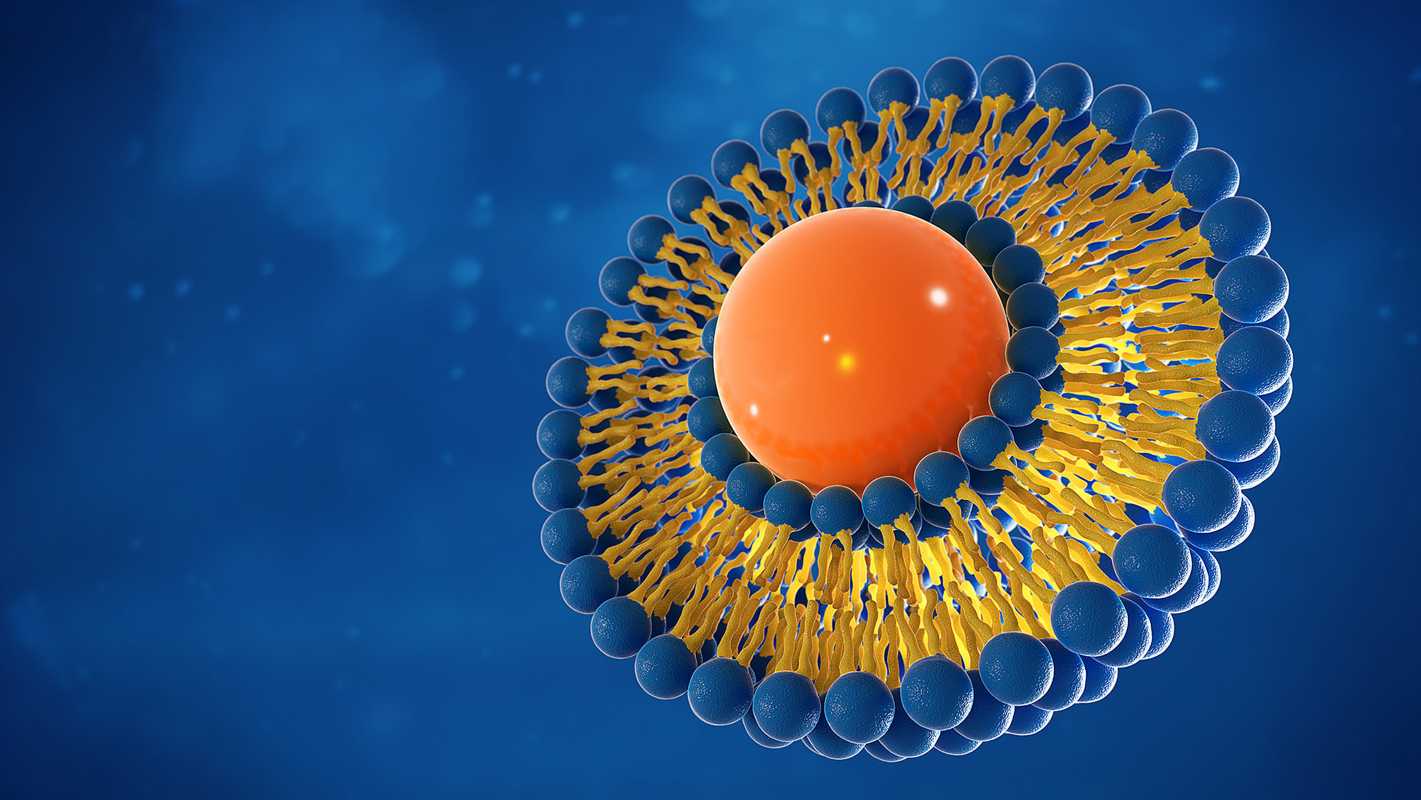Mechanism of Antitumor Activity of Oncolytic Viruses and Bacteria
Oncolytic viruse (OV) is a self-replicating virus that selectively kills cancer cells. Meanwhile, it can further destroy cancer tissue and dissolve cancer cells by triggering a strong anti-tumor immune response. Due to the good antitumor activity of the oncolytic virus, several oncolytic virus drugs have been approved for tumor treatment in some countries, and many viruses have entered the clinical trial stage. The disorderly vascular distribution of tumor tissue and nutrient-enriched and immunosuppressive microenvironment make it easier for bacteria to accumulate in tumor tissue, which makes bacteria become a new type of biological anticancer agent. And to some extent, bacteria are more capable of targeting tumor tissue than oncolytic viruses. In general, oncolytic viruses and bacteria are two ideal agents for tumor biotherapy.
Newly Developed Liposomal Encapsulation of Oncolytic Virus Combined with Escherichia coli (E. coli) BL21 for Tumor Biotherapy
To combine the advantages of oncolytic viruses and bacteria, Liu's team developed a new model of tumor biotherapy. They first encapsulated the OAs with liposomes to maintain the virus activity in vivo and then combined tumor-homing E. coli BL21 with the liposome-sheltered OVs through biological condensation reaction to form a bacteria-lipo-OAs conjugation. After the formation of the above complexes, they were injected intravenously into mice with TC-1-hCD46 xenograft tumors to achieve the killing effect on tumor cells through the aggregation of OAs in tumor tissues and the inflammatory reaction caused by E. coli.

In Vivo Tumor Killing Effect of the E. coli-lipo-OAs Conjugation
The team investigated the antitumor activity of the E. coli-lipo-OAs conjugation by controlling the type of intravenous preparation given to tumor-bearing mice. The result showed that the antitumor activity of E. coli alone is extremely low due to insufficient anti-tumor immunity, and the anti-tumor effect of bare OAs and lipid OAs was also not high, mainly due to the low enrichment of OA in tumors. In contrast, mice treated with E. coli-lipo-OAs showed significant tumor growth inhibition, and the therapeutic effect was even slightly better than that of direct intratumoral administration of OA. Subsequently, they further analyzed the immune cell cyto flow of tumor tissues after treatment to Illustrate the antitumor mechanism of E. coli-lipo-OAs. The mice treated with E. coli-lipo-OAs exhibited significantly enhanced infiltration of CD8+ T cells in the tumor regions. Collectively, the study demonstrated that the E. coli-lipo-OAs system can induce a strong anti-tumor immune response and can be an ideal agent for tumor biotherapies.
For Research Use Only.

